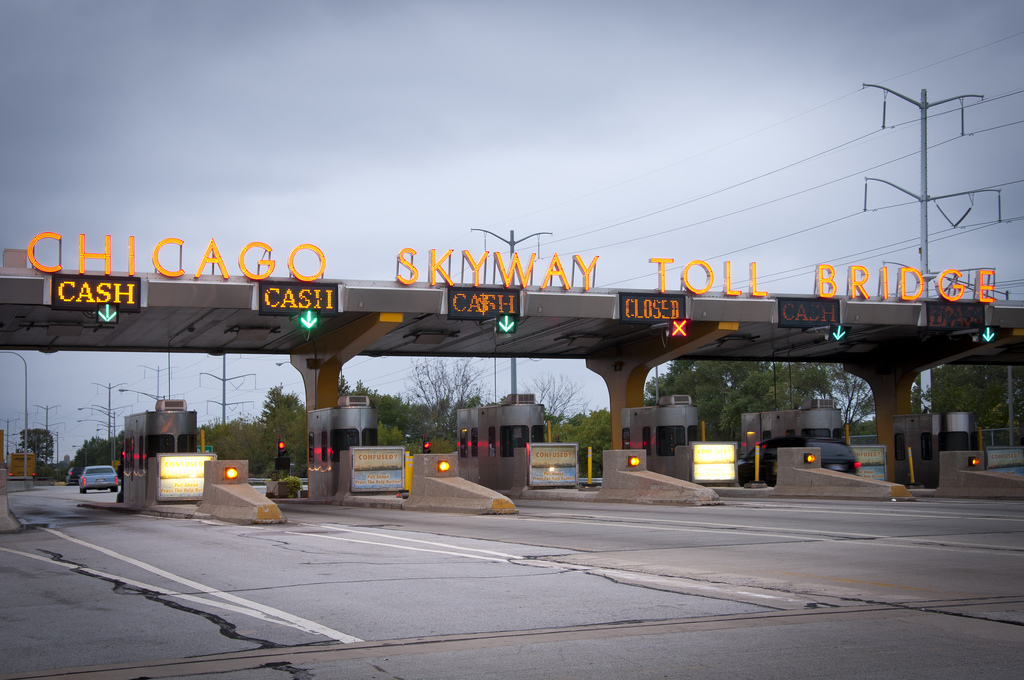How States Can Coordinate to Unclog America’s Roads

Toll roads have been springing up all over the nation in the last few decades. This renaissance of American road building has led to a patchwork of tollway rules that can make using them a real challenge. In cities near state borders, rules often change at the state line, even without drivers leaving the highway.
Recognizing this problem, Baltimore, Washington, DC, and Richmond business leaders have banded together to produce a report touting the value of interstate tollway building and cooperation on tollway rules. The report makes clear that harmonizing toll-road regulations is necessary if policymakers are to maximize the congestion relief that new toll roads bring to the region.
The salience of this issue is particularly clear in the Baltimore-Washington-Richmond corridor, given that last year Maryland announced one of the largest toll-road building plans in American history. The plan would add express toll lanes to Maryland’s portion of the Capital Beltway and as far as Route 70 in Frederick. Contingent on a land transfer from the federal government, lanes would also be built between Baltimore and Washington in the median of the Baltimore-Washington Parkway. This network would connect to adjoining toll lanes financed through public-private partnerships (P3) in Virginia.
Dynamically priced toll lanes, like those Maryland has proposed, provide an uncongested travel option at peak periods when congestion brings regional traffic to a crawl. This sort of infrastructure complements existing roadways without tolls by allowing drivers on high-priority trips to opt for routes with reliably higher traffic speeds. These drivers include parents that need to pick up their children from daycare, contractors fitting in an extra job, and business leaders rushing to the airport. Such trips weren’t an option before. The loss due to lateness is incalculable but clear to anyone who has driven on the Capital Beltway—one of the most congested routes in the nation.
And, with P3 financing, toll-lane builders can construct billion-dollar assets without taking billions from other budget priorities. These lanes act as a form of congestion pricing for the region as a whole. Drivers taking lower-priority trips can use free surface streets, while those taking more time-sensitive trips can use the tolled lanes, paying for the roads they use as well as enhancements to parallel, untolled corridors. The presence of a congestion-priced option will improve infrastructure region-wide. Making the tolled option easier to use will make for a better driving experience, even for those who don’t choose it.
These pieces of infrastructure are uniquely suited to connect places across state borders if lanes in different states are connected and rules are the same on each side. Such seamless tolling would make living in one state and working in another a more attractive option. The reliable trip times it would allow would make for a more efficient supply chain—getting goods, as well as workers, where they need to go with less traffic risk.
Businesses care about congestion. Options that allow employees to get to work reliably and get home quickly are understandably popular among business groups. More towns and neighborhoods become attractive places to live if workers know they won’t sit in traffic for an hour in the case of a crash. Done well, a continuous network of toll lanes can knit the region together with congestion-controlling infrastructure. Done poorly, a fragmented network of toll lanes with different rules and bad interconnections will devolve into the “Lexus Lanes” toll roads that opponents deride.








